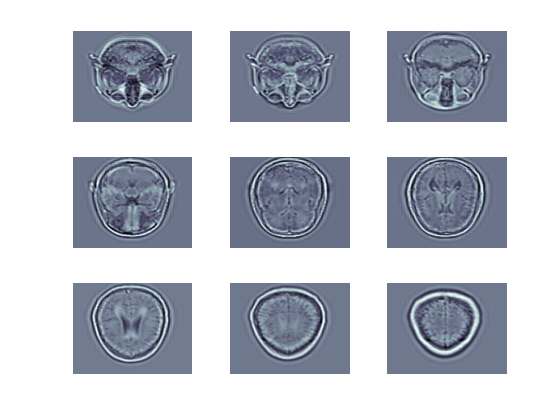dualtree3
3-D dual-tree complex wavelet transform
Syntax
Description
[ specifies
options using name-value pair arguments in addition to any of the
input arguments in previous syntaxes.a,d] =
dualtree3(___,Name,Value)
[ excludes the first-level
wavelet (detail) coefficients. Excluding the first-level wavelet coefficients
can speed up the algorithm and saves memory. The first level does
not exhibit the directional selectivity of levels 2 and higher. The
perfect reconstruction property of the dual-tree wavelet transform
holds only if the first-level wavelet coefficients are included. If
you do not specify this option, or append a,d] =
dualtree3(___,'excludeL1')'includeL1',
then the function includes the first-level coefficients.
Examples
Input Arguments
Name-Value Arguments
Output Arguments
References
[1] Chen, H., and N. G. Kingsbury. “Efficient Registration of Nonrigid 3-D Bodies.” IEEE® Transactions on Image Processing. Vol 21, January 2012, pp. 262–272.
[2] Kingsbury, N. G. “Complex Wavelets for Shift Invariant Analysis and Filtering of Signals.” Journal of Applied and Computational Harmonic Analysis, Vol. 10, Number 3, May 2001, pp. 234–253.
Version History
Introduced in R2017a



